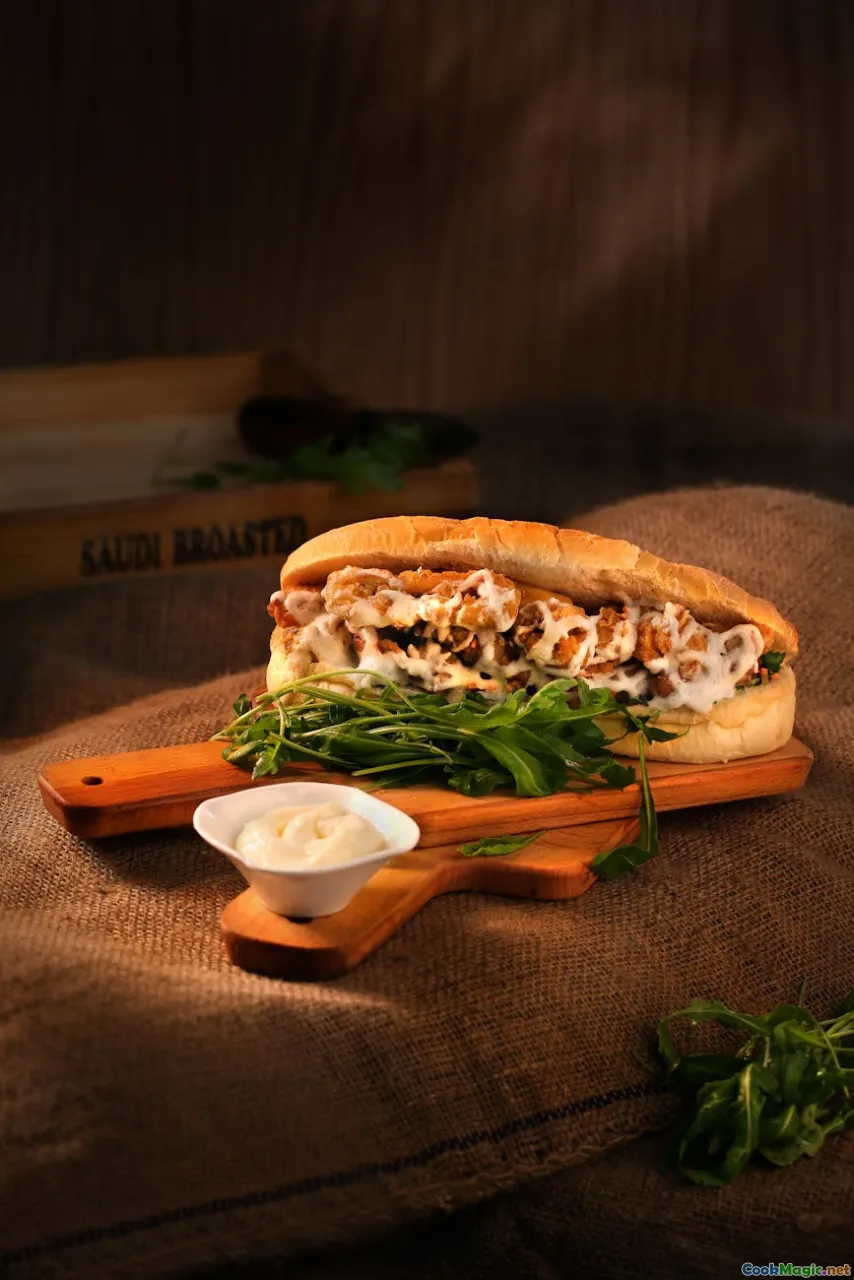Understanding Callaloo in Caribbean Cooking
7 min read Discover the rich history, cultural significance, and culinary versatility of Callaloo, a beloved leafy green in Caribbean cooking traditions. April 30, 2025 05:00
Understanding Callaloo in Caribbean Cooking
Caribbean cuisine is a vibrant tapestry woven with centuries of history, cultural exchanges, and culinary ingenuity. Among its many iconic ingredients, Callaloo stands out as a symbol of sustenance, identity, and community. This humble leafy green has roots that run deep through African heritage, colonial history, and the everyday lives of Caribbean people. To truly appreciate Callaloo is to delve into a story of resilience, flavor, and cultural pride.
The Origin and Cultural Significance of Callaloo
A Historical Root in Africa
Callaloo's story begins in West Africa, where leafy greens such as amaranth, taro leaves, and spinach have been staples for centuries. Enslaved Africans transported to the Caribbean brought with them agricultural knowledge and culinary traditions that would evolve into the beloved dishes known today. Callaloo, in its many forms, is a direct reflection of this African heritage.
The Evolution in the Caribbean
Once in the Caribbean, these greens adapted to the local climate and soil, transforming into varieties like amaranth, taro leaves, or dasheen leaves depending on the island. Over generations, communities cultivated and refined recipes, embedding Callaloo into everyday life—whether as a side dish, a main course, or a festive delicacy.
Cultural Significance
For many Caribbean nations—Jamaica, Trinidad and Tobago, Barbados, Saint Lucia, and beyond—Callaloo is more than just a vegetable; it’s a cultural emblem. It symbolizes resilience, community, and the ability to transform humble ingredients into nourishing and flavorful meals. It’s often featured in celebrations, family gatherings, and traditional feasts.
The Varieties of Callaloo Across the Caribbean
Jamaican Callaloo
In Jamaica, Callaloo typically refers to amaranth greens or similar leafy vegetables. It’s usually cooked with onions, garlic, Scotch bonnet peppers, and sometimes salted fish or pork. The result is a tender, savory dish with a vibrant green hue, bursting with umami and spice.
Trinidad and Tobago
In Trinidad, Callaloo is both the name of the leafy green and a popular dish made from it. Trinidadian Callaloo often incorporates crab, coconut milk, and herbs like thyme and chadon beni (similar to cilantro). It’s a silky, flavorful stew that’s a staple at Sunday dinners and special occasions.
Barbados
Barbadian Callaloo is often made from dasheen leaves or taro greens, cooked with salted pork, onion, and spices. The dish’s earthy flavor pairs beautifully with rice and fried fish, embodying the island’s hearty and comforting culinary style.
Other Variations
In Saint Lucia and Dominica, Callaloo may include different greens, seasonings, or additional ingredients like okra or plantains, reflecting the diversity of the Caribbean landscape.
Cooking Techniques and Tips
Selecting Fresh Greens
The foundation of a good Callaloo dish is fresh, vibrant greens. Look for leaves that are bright in color, free of blemishes, and not overly wilted. If using dried or frozen greens, ensure they are properly rehydrated and rinsed.
Preparing the Greens
Wash thoroughly to remove dirt and grit. Depending on the variety, you might need to remove tough stems or veins. Chop roughly, allowing the flavors to meld during cooking.
The Cooking Process
Traditionally, Callaloo is simmered slowly to develop its rich flavors. Start by sautéing aromatics like onions, garlic, and peppers in oil. Add the greens and cook until wilted, then pour in liquids like coconut milk, water, or broth. For added depth, include salted meats, crab, or smoked fish.
Flavor Enhancers
Herbs such as thyme, chadon beni, and scallions elevate the dish. Spices like allspice or nutmeg can add warmth. Remember, Caribbean cooking balances bold flavors with natural freshness.
Personal Reflections and Culinary Inspiration
Growing up in the Caribbean, Callaloo was a weekly staple—its aroma filling homes and streets alike. I remember my grandmother’s gentle hands as she seasoned and simmered her version, infusing love into every spoonful. To me, Callaloo is more than sustenance; it’s a connection to ancestors, a celebration of community, and a testament to the resourcefulness of Caribbean cooks.
Cooking Callaloo is an act of honoring tradition while inviting innovation. Chefs today are experimenting with vegan versions, incorporating new herbs, or blending it into contemporary fusion dishes. Yet, at its heart, it remains a dish rooted in history, cultural identity, and shared stories.
Final Thoughts
Understanding Callaloo in Caribbean cooking is to understand a piece of the Caribbean soul. It embodies resilience, adaptability, and the rich tapestry of African, Indigenous, and European influences. Whether served as a humble side or the star of a festive meal, Callaloo continues to nourish body and spirit—an enduring symbol of Caribbean life.
So next time you encounter this vibrant green, take a moment to appreciate its journey from ancient African fields to your plate—a testament to the enduring power of food to connect us to our roots and each other.









